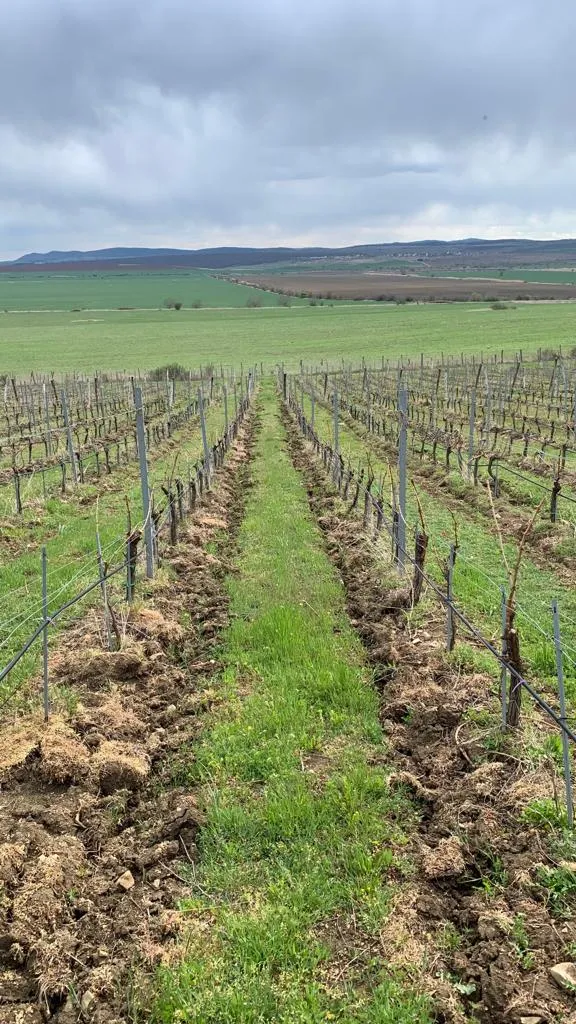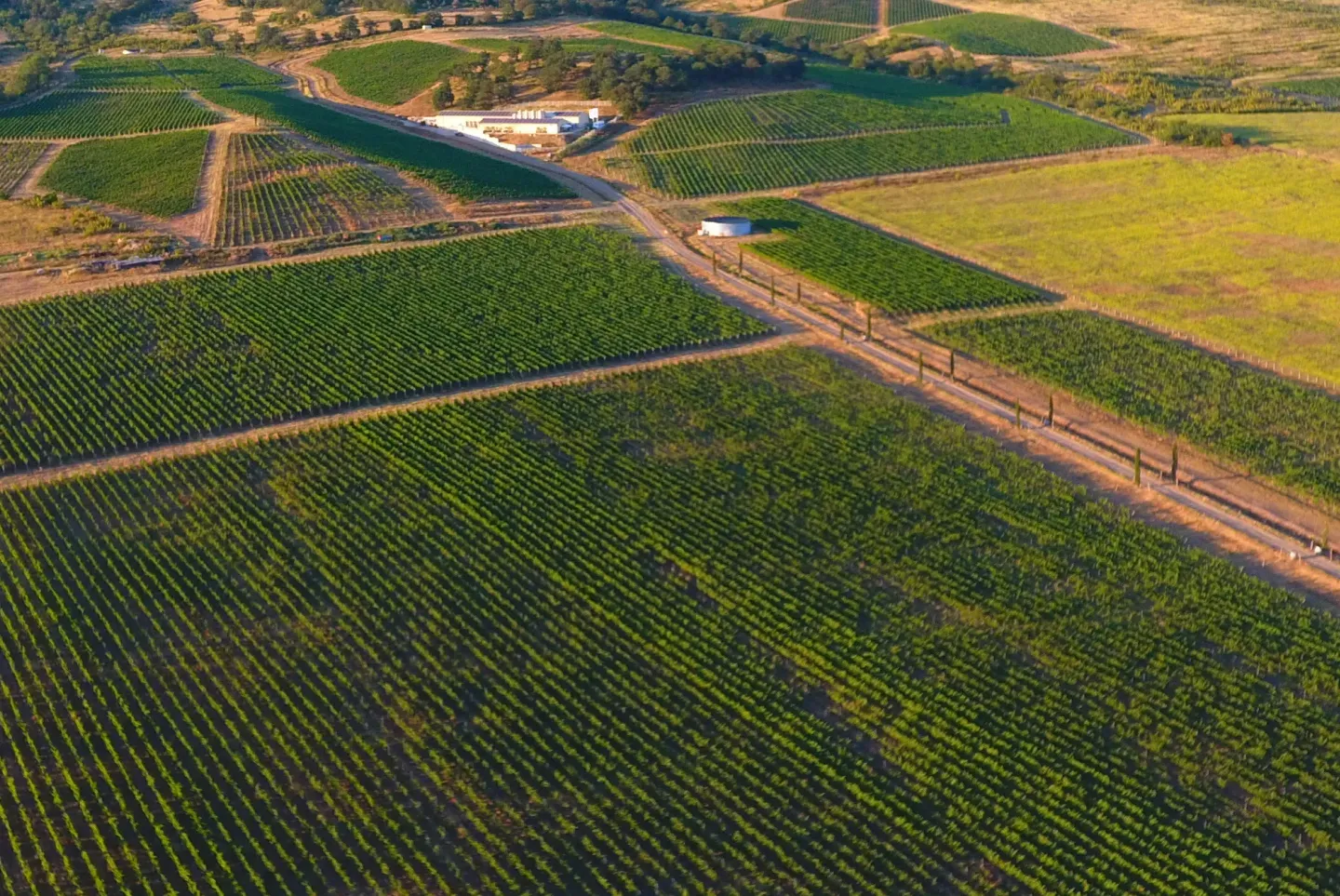Grapevines tying
Tying the vines and ensuring they are properly attached to the main wire and support stakes is a crucial task following pruning. Why is this important?
Vines are lianas, and they follow the principle of polarity, where energy tends to concentrate at the tips of the plant. By tying the vines, you prevent excessive energy concentration solely at the terminal buds. Instead, the juice and nutrients will be distributed more evenly among all the buds, promoting balanced growth throughout the vine.
During pruning, our vintners carefully selected the best fruiting canes and shortened them to the appropriate length. These canes are still standing upright and need to be bent and firmly attached to the wire. Ensuring there is no arched attachment shape is essential. By maintaining a straight and tight attachment, each bud on the canes will have the same bud position and similar development potential. This promotes consistent and uniform growth among the buds.
By attaching the canes tightly to the wire, you influence the arm bend angle. This angle plays a role in the development of each cane and its subsequent shoots. With proper attachment, the new shoots will grow toward the sun, maximizing sun exposure and optimizing photosynthesis. Additionally, a good spatial distribution of the shoots improves air circulation and ventilation, which can help prevent disease and ensure healthier grape clusters.
This technique enhances the stability of the vine, preventing it from swaying or being easily disturbed. A more stable vine structure contributes to better overall vine health and resilience

